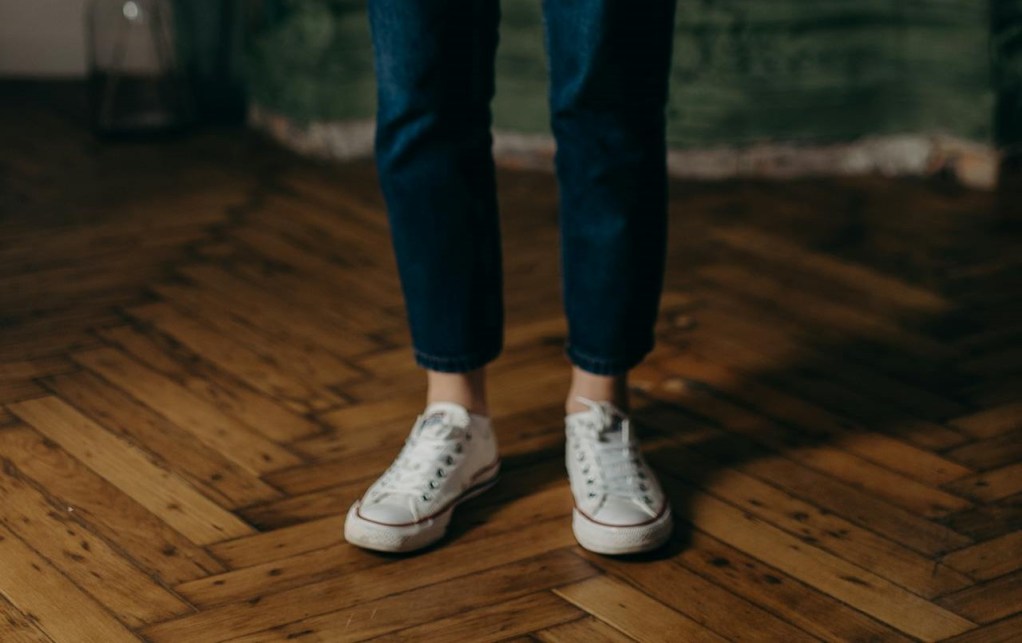Are you on the hunt for flooring that seamlessly combines practicality with elegance? Look no further than parquet flooring! This timeless option adds a touch of sophistication to any space while offering durability and versatility. In this comprehensive guide, we’ll explore everything you need to know about parquet flooring, from its origins to design options, cost considerations, and maintenance tips.
What is parquet flooring, and what is its history?

Parquet flooring is a type of wood flooring characterized by its geometric patterns. Dating back to the 17th century, parquet flooring originated in France and quickly gained popularity across Europe for its intricate designs. Traditionally, it was a symbol of luxury and craftsmanship, adorning the floors of palaces and grand estates.
Is parquet flooring real wood?

Yes, parquet flooring is made from real wood. It consists of small pieces of solid wood arranged in geometric patterns and bonded to a backing material. Common wood species used for parquet flooring include oak, walnut, maple, and cherry, among others. This construction not only enhances its aesthetic appeal but also ensures durability and longevity.
Pros and cons of parquet floors

Parquet flooring offers a blend of advantages and drawbacks to consider before making a decision. Here’s what you need to know before committing to this timeless hardwood flooring style.
Pros
- Timeless elegance: Parquet flooring adds a touch of sophistication to any space, enhancing its aesthetic appeal.
- Durability: Made from solid wood, parquet flooring is highly durable and can withstand heavy foot traffic.
- Versatility: With various design options available, including herringbone, chevron, and mosaic, parquet flooring can complement any interior style.
- Value: Despite its initial investment, parquet flooring can increase the value of your property because of its timeless appeal.
Cons
- Cost: Parquet flooring tends to be more expensive than other flooring options, primarily because of its intricate craftsmanship and high-quality materials.
- Maintenance: While durable, parquet flooring requires regular maintenance, including sealing and refinishing, to preserve its appearance and integrity.
- Installation complexity: Achieving the perfect pattern requires skill and precision during installation, which may increase labor costs and time.
- Moisture susceptible: Since parquet flooring is made of wood, there is a risk of moisture damage if exposed to excessive water or humidity.
Design options for parquet flooring

This type of flooring offers a myriad of design options to suit every taste and style.
Herringbone
One of the most popular patterns, herringbone features rectangular pieces of wood arranged in a zigzag pattern, creating a visually striking effect.
Chevron
Similar to herringbone but with angled ends, chevron patterns add a contemporary twist to traditional parquet flooring.
Mosaic
Mosaic patterns incorporate smaller wood pieces arranged in intricate designs, offering endless creative possibilities.
Versailles
Inspired by the floors of the Palace of Versailles, this elaborate pattern features large, interlocking squares with diagonal borders.
Checkerboard
A timeless classic, checkerboard patterns alternate between dark and light wood squares, creating a bold and dynamic look.
Basketweave
Resembling the weave of baskets, this pattern features interlocking rectangular blocks, adding texture and depth to any space.
Is parquet flooring expensive?

This type of flooring is generally considered a premium flooring option and tends to be more expensive than other types, such as laminate or vinyl floors. The cost varies depending on factors such as the type of wood, pattern complexity, and installation method. However, many view it as a worthwhile investment because it has timeless appeal and long-term durability. It’s also worth considering the increased value of your home when you’re weighing your flooring options.
Where to install parquet floors

This type of flooring is best suited for rooms that experience moderate foot traffic and minimal moisture exposure, such as living rooms, bedrooms, and home offices. These areas can showcase the elegance of parquet while minimizing the risk of water damage.
Conversely, you may want to think twice about installing parquet flooring in high-traffic areas like entryways and hallways, since it can be difficult to repair or replace damaged pieces. Similarly, rooms prone to high humidity or frequent spills, such as bathrooms, kitchens, and laundry rooms, are less ideal for this type flooring because of the likelihood of moisture-related issues.
Care and maintenance

Proper maintenance is essential to preserve the beauty and integrity of your parquet flooring, and maintenance includes:
- Regular cleaning: Sweep or vacuum regularly to remove dirt and debris that can scratch the surface.
- Avoid moisture: Limit exposure to moisture, as excess water can damage the wood and cause warping.
- Protective measures: Use furniture pads to prevent scratches and place mats at entryways to trap dirt and moisture.
- Professional maintenance: Periodically seal and refinish the flooring to protect it from wear and tear and maintain its luster.
Parquet flooring stands as a testament to timeless elegance and craftsmanship, offering a perfect blend of beauty and durability. With its rich history and versatile design options, it continues to captivate homeowners and designers alike. While it may require a higher initial investment and regular maintenance, the lasting impact and value that parquet floors bring to any space makes it a worthwhile choice for those seeking sophistication and style in their flooring.
Whether you opt for the classic herringbone pattern or the intricate mosaic design, parquet flooring is sure to leave a lasting impression for generations to come!




